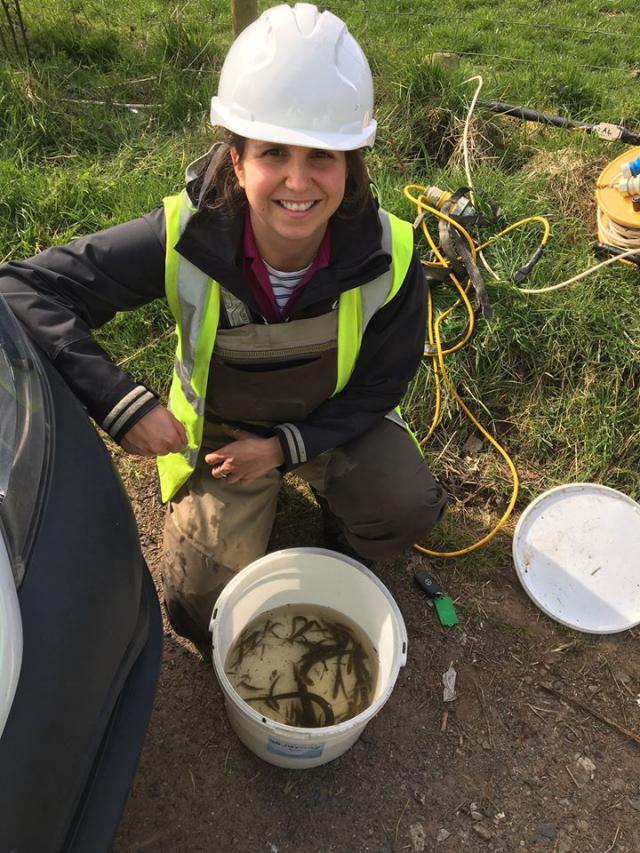Latest News
Improving fish passage and river flow below Tongland Dam
SEPA have been undertaking a review of the current CAR license which the Galloway Hydro Scheme operates under.
Kirkcowan Fishing Competition
On Saturday 26th August we held our annual Kirkcowan Fishing Competition. 35 adults and 12 juniors entered the competition this year, providing a fund of £211 that is put back into the event via prizes and a buffet.
Its insect week!
Riparian zones bridge the gap between land and river, creating an important habitat for insects while also providing shade and protection against erosion. We do a lot of habitat work mainly to help aquatic species like fish, but we are keen to monitor and understand the wider biodiversity benefits.

